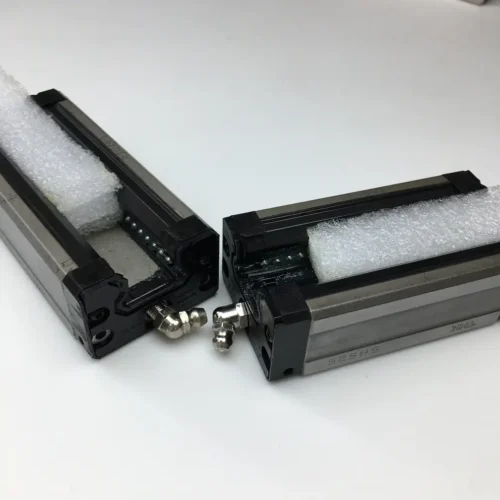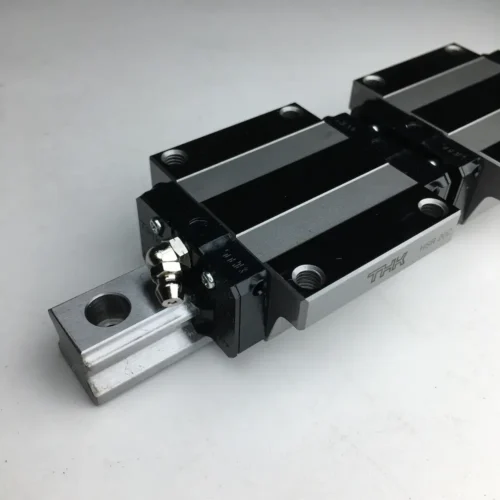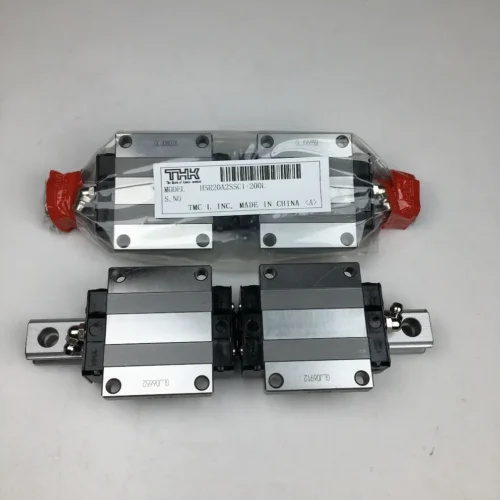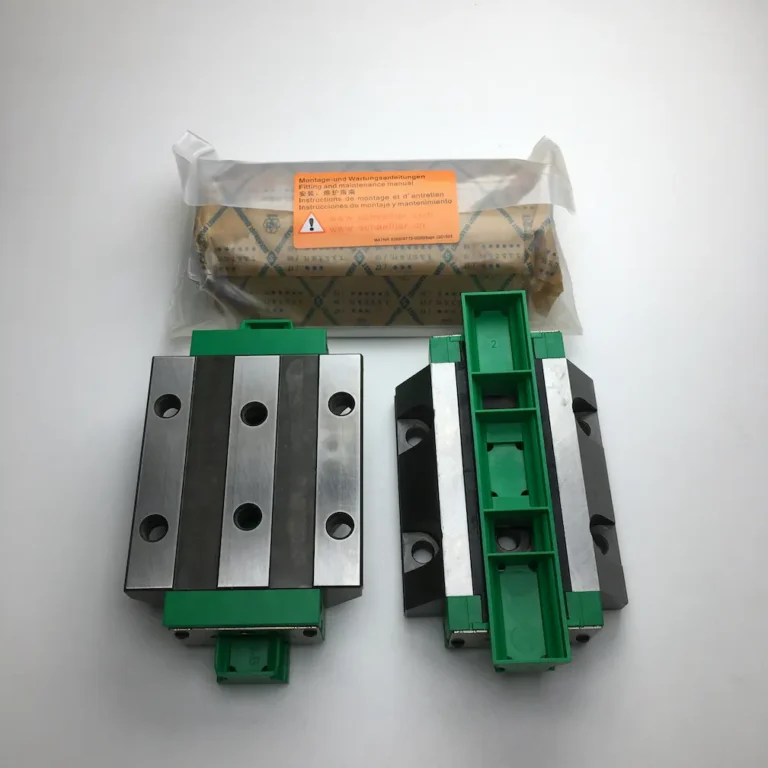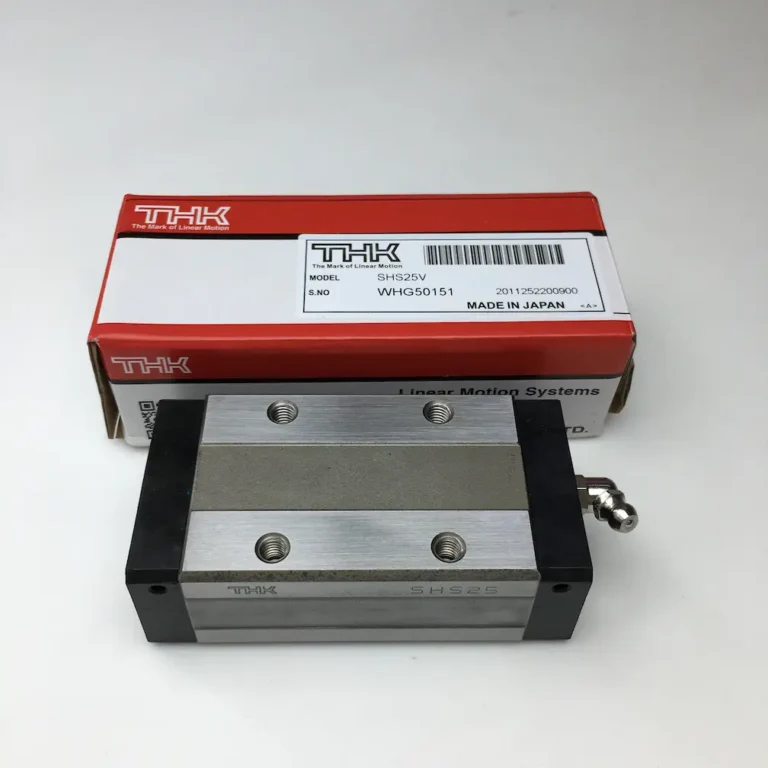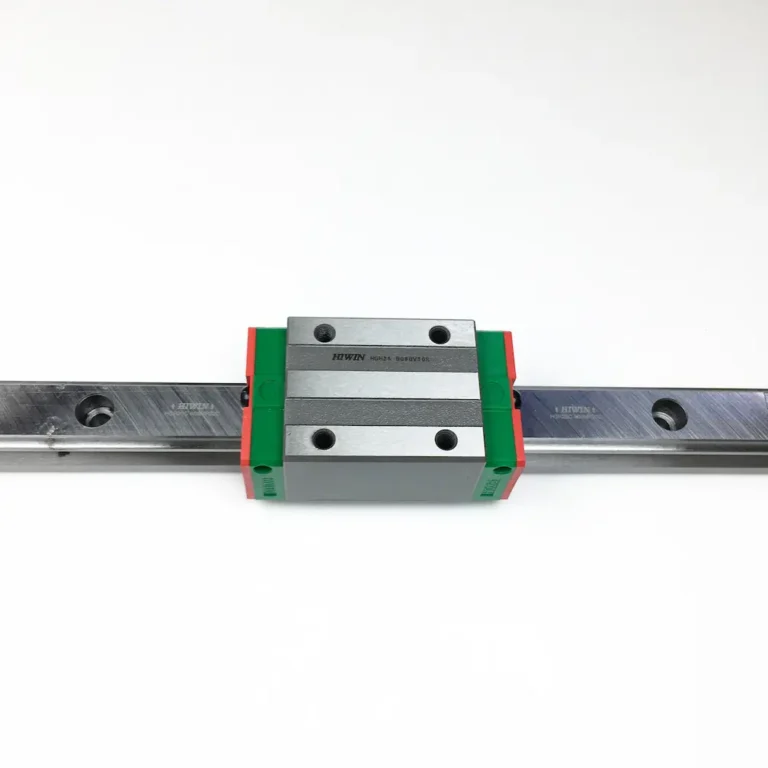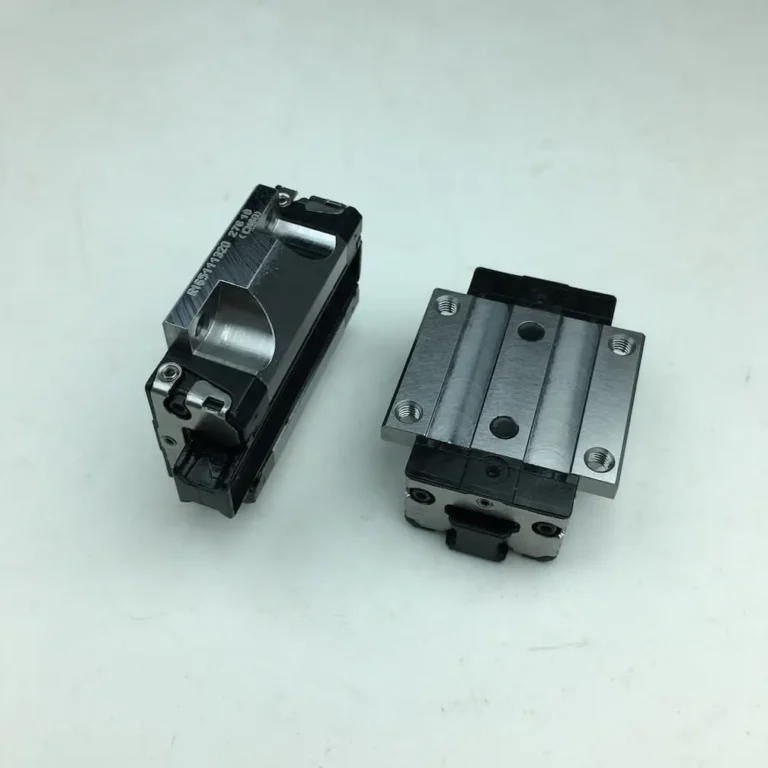-
Address: Suzhou City, Jiangsu Province, China, 215000
-
Tel: 0086-512-68235075
What the Ratio Means for Linear Bearings
The 2:1 ratio in linear bearings describes a critical relationship between the distance from the force application point to the bearing and the length between bearing supports. Engineers use this ratio to prevent binding, which can stop smooth movement. When a system stays within the recommended ratio, the bearings glide easily along their path. Exceeding this ratio often leads to increased friction and system failure. Proper attention to this ratio ensures reliable and efficient operation in any linear motion application.
Key Takeaways
- The 2:1 ratio means the force’s distance from the bearing shaft should not be more than twice the distance between the bearings to prevent binding.
- Keeping the ratio at or below 2:1 helps bearings move smoothly and reduces friction, which extends the system’s life.
- Engineers use this ratio in many machines like 3D printers and CNC machines to avoid jams and ensure reliable motion.
- If the ratio is ignored, bearings can stick or jam, causing jerky movement, faster wear, and costly repairs.
- To fix binding, engineers can adjust bearing spacing, reduce the force distance, add lubrication, or use lower-friction bearings.
Ratio Basics
What Is the 2:1 Ratio
The 2:1 ratio is a simple rule that helps engineers design linear bearing systems that move smoothly. In this context, the ratio compares two important measurements:
- Moment arm (L): This is the distance from the point where a force is applied to the shaft of the bearing.
- Bearing length (s): This is the distance between the centers of two bearings on the same shaft.
The 2:1 ratio means the moment arm should not be more than twice the bearing length. For example, if the distance between the bearings is 10 inches, the force should not be applied more than 20 inches away from the shaft. This guideline comes from technical documents, which show that keeping within this ratio prevents problems in the system.
Tip: Always measure both the moment arm and the bearing length before finalizing a linear bearing design.
Ratio and Binding
Binding happens when a linear bearing system cannot move freely. This usually occurs if the ratio of the moment arm to the bearing length goes above 2:1. When this happens, the bearings can jam or stick, making the system hard to move. Engineers call this the “binding ratio.”
The binding ratio depends on the type of bearing and the materials used. For example, linear recirculating-ball bearings have very low friction, so they can handle higher ratios without binding. In contrast, plain bearings, which have higher friction, are more likely to bind if the ratio is not controlled. The difference in friction also affects how much the system sticks or slips during movement. Systems that follow the 2:1 ratio and use low-friction bearings show smoother motion and less stick-slip.
Why the Ratio Matters
The ratio is important because it directly affects how well a linear bearing system works. If the ratio is too high, the system may bind, causing increased friction and even failure. Keeping the ratio at or below 2:1 helps ensure that the bearings glide smoothly and the system lasts longer.
A higher ratio can also lead to more stick-slip, where the system moves in jerks instead of a steady glide. This problem is more common in plain bearings, which have a bigger difference between static and dynamic friction. By reducing the moment arm or increasing the bearing length, engineers can keep the ratio within safe limits and avoid these issues.
Note: Following the 2:1 ratio is a practical way to improve performance and reliability in any linear bearing application.
Ratio in Practice
Common Applications
Engineers use the 2:1 ratio in many linear bearing systems to keep machines running smoothly. This guideline appears in equipment such as 3D printers, CNC machines, and automated assembly lines. Manufacturers of plain linear bearings recognize the ratio as an industry standard. They recommend it to prevent binding and ensure reliable motion.
- The ratio helps prevent friction from causing the system to jam, no matter the load or driving force.
- For example, if a machine has a moment arm distance of 10 inches, the spacing between the bearings should be at least 5 inches. This setup keeps the system within the safe range.
- Companies often follow this rule when designing sliding doors, conveyor rails, and robotic arms.
Tip: When designing a new system, engineers can reduce the moment arm or increase the bearing spacing to stay within the recommended ratio.
Troubleshooting often starts with checking the ratio. If a machine binds, engineers may add lubrication, increase bearing length, or adjust the force location. These steps help restore smooth movement.
Ignoring the Ratio
When a designer ignores the 2:1 ratio, problems can appear quickly. The most common issue is binding, where the bearing sticks and will not move easily. This can stop production lines or damage equipment.
- Exceeding the ratio often leads to motion restriction. The system may jerk or stall instead of gliding smoothly.
- High friction can wear out parts faster, leading to more maintenance and higher costs.
- Misalignment and external forces can make the problem worse, even if the ratio is only slightly over the limit.
Note: Following the 2:1 ratio is a simple way to avoid costly repairs and downtime in linear bearing systems.
Troubleshooting
Signs of Binding
Linear bearing systems often show clear signs when binding occurs. Engineers may notice increased resistance during movement or hear unusual noises, such as squeaking or grinding. Sometimes, the system may move in sudden jerks instead of a smooth glide. These stick-slip events signal that friction has increased, possibly due to forces acting beyond the recommended ratio. In some cases, the bearing may stop moving altogether, halting machine operation. Regular inspection helps detect these symptoms early.
Tip: If a linear bearing system feels rough or sticky, check for misalignment or damage to rails and shafts.
Staying Within the Ratio
Maintaining the correct ratio prevents most binding problems. Engineers can take several steps to keep systems operating smoothly:
- Reduce the moment arm distance if possible. This adjustment moves the system out of the binding zone.
- Increase the bearing length by using longer bearings or spacing them further apart.
- Add extra bearings to distribute loads more evenly.
- Remove external forces caused by misalignment or damaged components.
- Improve lubrication or switch to bearings with lower friction.
These actions help keep the system within safe limits. Sometimes, adding a counterbalance reduces the moment and frictional forces, especially when space allows. Troubleshooting often starts with these adjustments.
Design Tips
Engineers follow best practices to optimize linear bearing performance. They consider load orientation, as horizontal, vertical, or angled loads affect how the system handles force. Plain bearings can support higher static loads than ball bearings, but require careful calculation of pressure and velocity (PV) to ensure dynamic performance. The P.O.S.T.L.U.D.E.S. criteria—Precision, Orientation, Speed, Travel, Load, Unknowns, Duty Cycle, Environment, Safety—guide the selection of pillow block bearings. Using these guidelines, designers select the right bearing type and layout to avoid binding and maximize reliability.
Note: Regularly review system design and maintenance schedules to ensure the ratio stays within recommended limits.
Understanding the 2:1 ratio helps engineers design linear bearing systems that move smoothly and last longer. This guideline prevents binding and supports reliable machine performance. Engineers should review their designs and check measurements before finalizing any project. For more details or troubleshooting tips, they can consult manufacturer resources or reach out to industry experts.
Regular checks and careful planning keep linear bearing systems running at their best.
FAQ
What happens if a linear bearing system exceeds the 2:1 ratio?
Exceeding the 2:1 ratio often causes binding. The bearing may stick or jam, which increases friction and can damage the system. Regular checks help prevent this issue.
Can engineers use the 2:1 ratio for all types of bearings?
Most engineers apply the 2:1 ratio to plain linear bearings. Ball bearings sometimes allow higher ratios, but checking manufacturer guidelines remains important for each application.
How can someone measure the moment arm and bearing length?
Use a tape measure or caliper. Measure the distance from the force application point to the shaft for the moment arm. For bearing length, measure between the centers of the two bearings.
Are there ways to fix binding if it occurs?
Engineers often adjust the bearing spacing, reduce the moment arm, or add lubrication. Sometimes, switching to a lower-friction bearing helps restore smooth movement.

